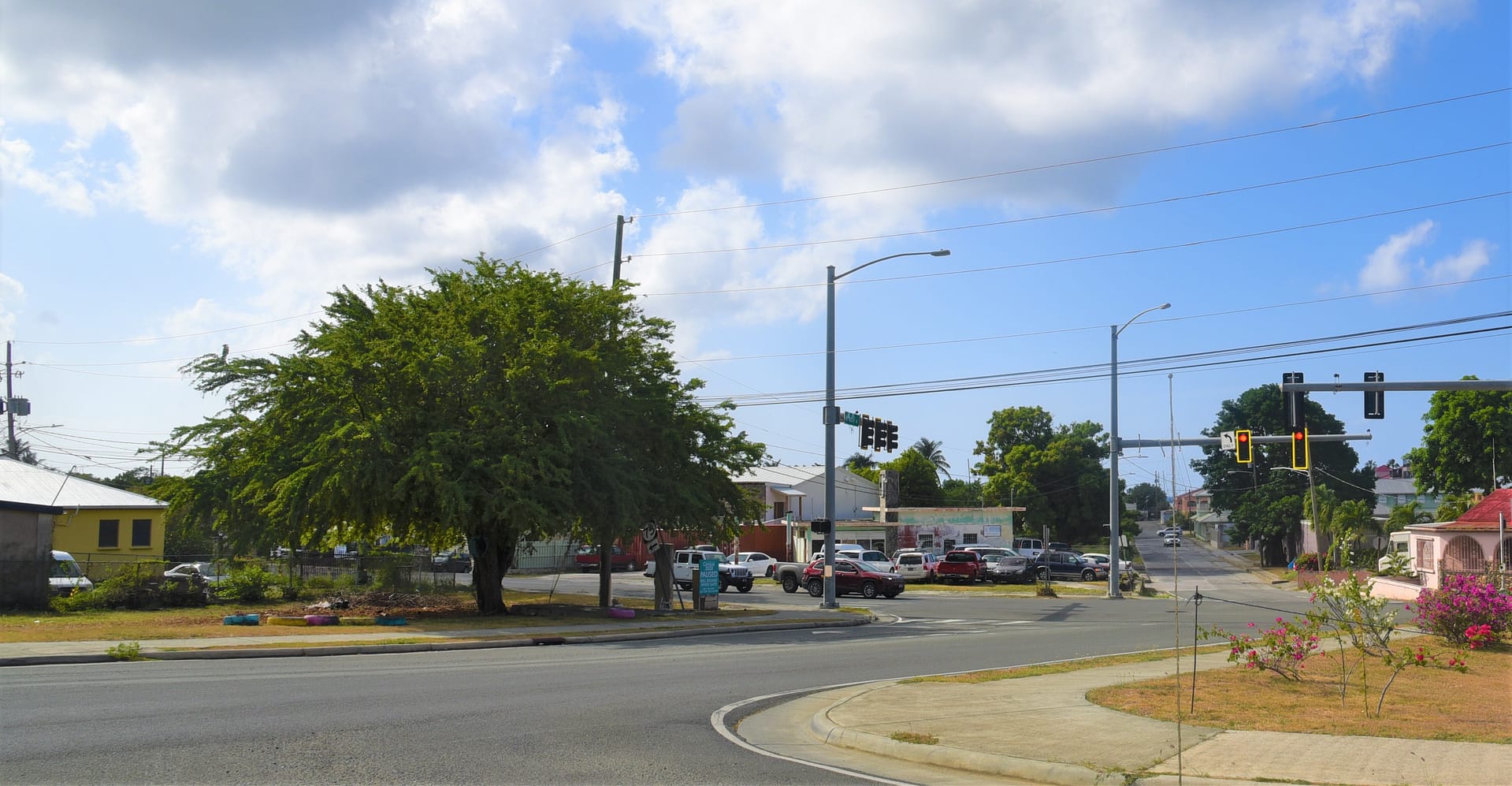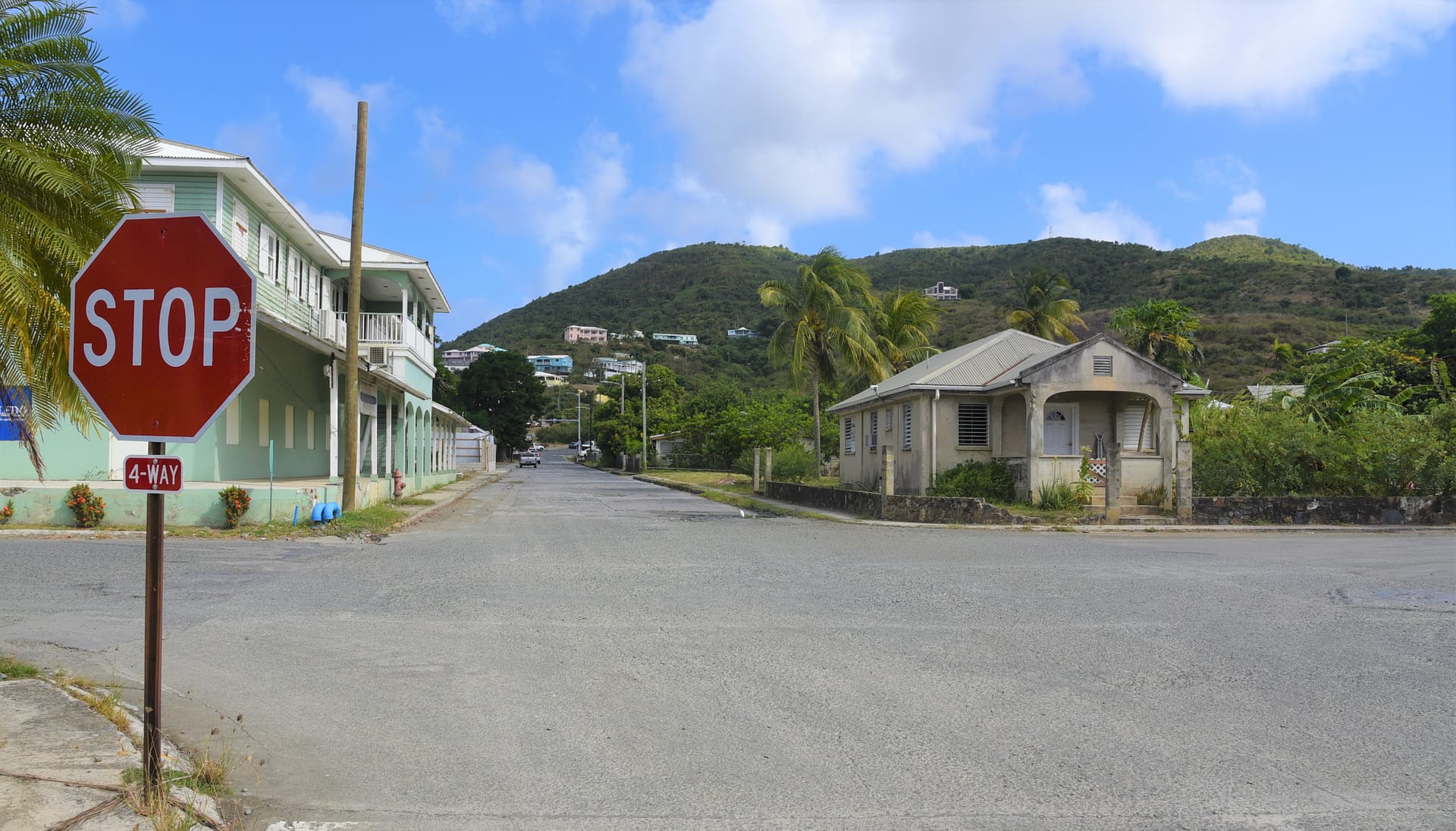
May 12, 2020
DPW Obligated $1.1M to Resolve Flooding in Gallows Bay
ST. CROIX, U.S. Virgin Islands – The Federal Emergency Management Agency (FEMA) through the Hazard Mitigation Grant Program (HMGP) obligated $1,164,312 to the Virgin Islands Department of Public Works (DPW) to fund the first phase of the Gallows Bay Culvert Mitigation Project.
Gallows Bay was identified in the Territory’s Hazard Mitigation Plan as an area that required a comprehensive solution to resolve repetitive flooding. The project will address flooding at the intersection of Mount Welcome Road, East End Road, and the Christiansted Bypass, ending just after the junction of Mount Welcome Road and Garden Street. This area is more commonly recognized by the concrete paving leading into Gallows Bay.
“This project aligns with our planned improvements for the Gallows Bay area,” said Commissioner Nelson Petty Jr. “We have a Federal Highway Administration funded project, which focuses on the reconstruction of the roadway, scheduled to begin this summer. Once constructed, residents and businesses in this area will experience relief due to the implementation of surface drainage treatments along the roadway.”
Commissioner Petty further explained the additional FEMA dollars recently obligated will allow DPW to complete the design of a box culvert drainage system, which is intended to address the longstanding runoff issues in this low-lying area. Upon award, it will take about 12 months to have the design completed and approved, so that Phase II funds can be awarded for construction.
The preliminary scope of work includes the construction of a 900-foot concrete box culvert underneath Mt. Welcome Road at its intersection with East End Road to the outfall of the concrete channel that currently directs runoff into Gallows Bay. The work will also include the relocation of water and sewer lines and the reconstruction of the roadway. The final scope of work will be determined after phase one is complete.
“By capturing the runoff that flows onto Mt. Welcome Road from Spring Gut the Gallows Bay Culvert Mitigation Project will eliminate flooding, addressing the long-standing drainage problem affecting businesses and residents in the area,” Adrienne L. Williams-Octalien, Office of Disaster Recovery Director. “This project will also prevent future road pavement damage as a result of flooding and minimize sewage treatment costs.”
The amount obligated to complete the architecture and engineering for Phase I is $1,164,312. The estimated cost for Phase II, construction is $9,702,603 for a total project cost of $10,866,915.
The Office of Disaster Recovery
“Building a Legacy of Resilience”

